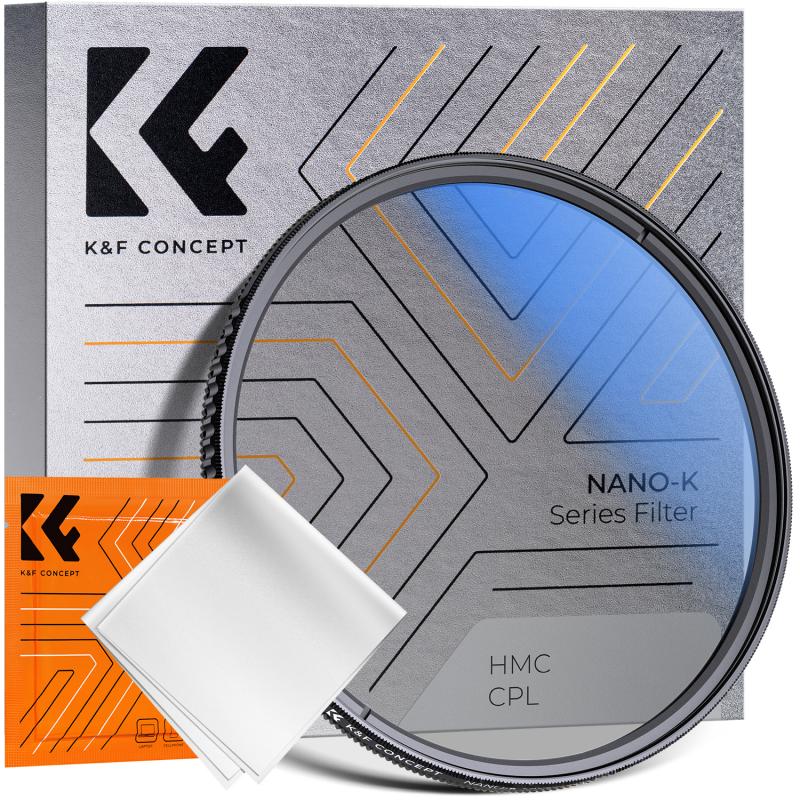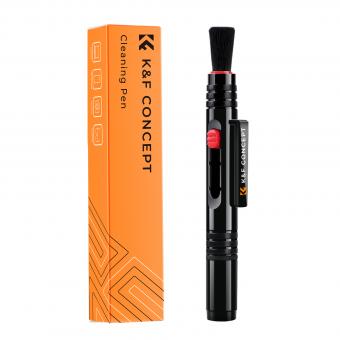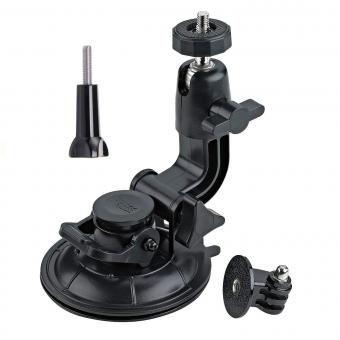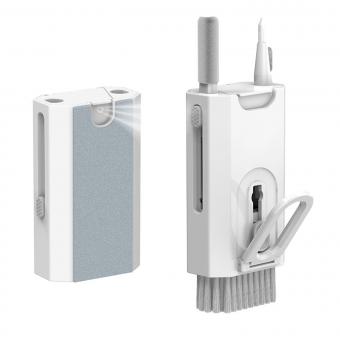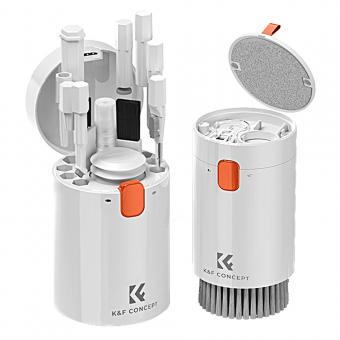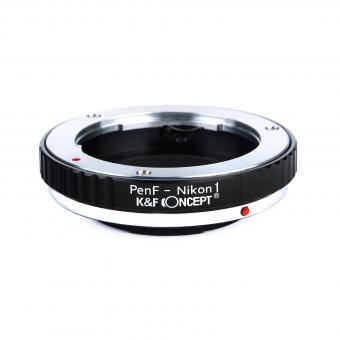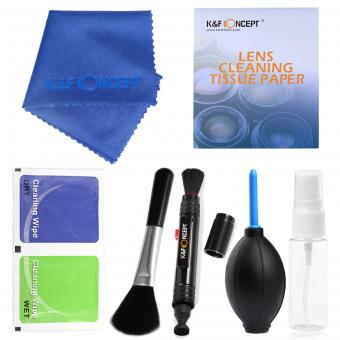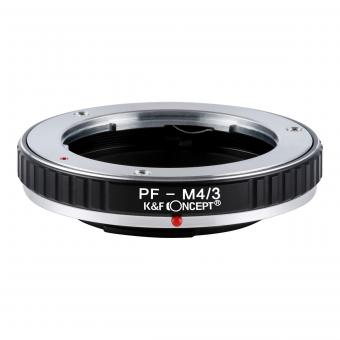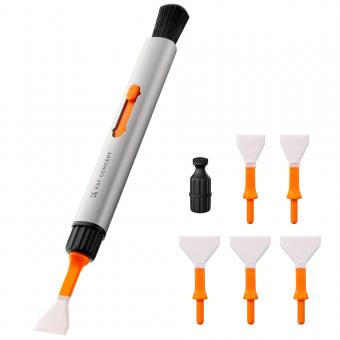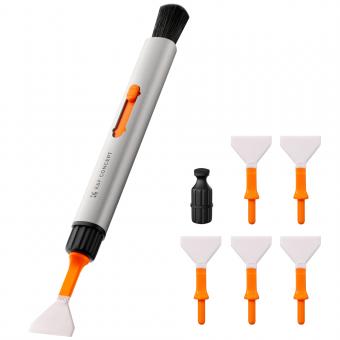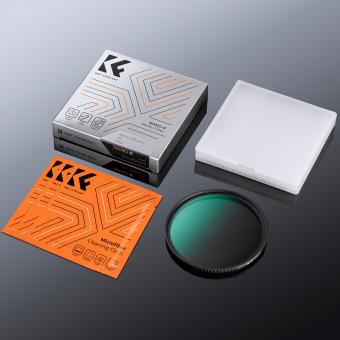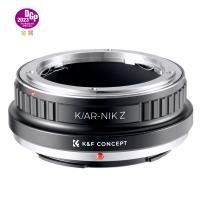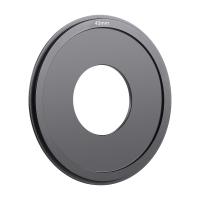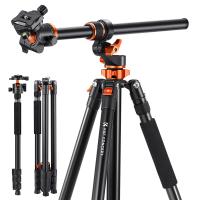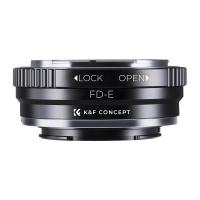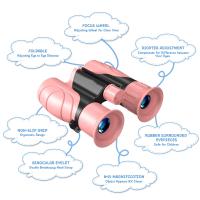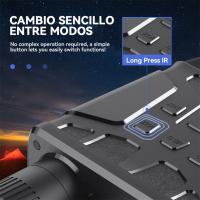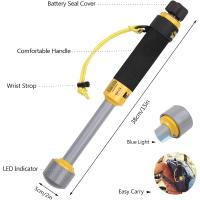How To Clean Fountain Pen Nibs ?
To clean fountain pen nibs, first remove the ink cartridge or converter from the pen. Then, flush the nib and feed with cool water until the water runs clear. If the nib is particularly dirty, you can use a small amount of mild dish soap or ammonia-free window cleaner to help remove any stubborn ink residue. Gently scrub the nib with a soft-bristled toothbrush or a soft cloth, being careful not to damage the delicate nib. Rinse the nib thoroughly with cool water and dry it with a soft cloth or paper towel. Finally, reassemble the pen and refill it with ink. It's important to clean your fountain pen regularly to prevent ink buildup and ensure smooth, consistent writing.
1、 Soak in water and flush with bulb syringe
How to clean fountain pen nibs? Soak in water and flush with bulb syringe. This has been the traditional method of cleaning fountain pen nibs for many years. However, with the advancement of technology and the availability of new cleaning solutions, there are now other methods that can be used to clean fountain pen nibs.
One of the most popular methods is to use a cleaning solution specifically designed for fountain pens. These solutions are usually made from a mixture of water and ammonia or water and vinegar. They are effective in removing ink residue and other debris from the nib and feed.
Another method is to use an ultrasonic cleaner. This is a device that uses high-frequency sound waves to agitate the cleaning solution and remove dirt and debris from the nib. Ultrasonic cleaners are particularly effective in cleaning hard-to-reach areas of the nib and feed.
Regardless of the method used, it is important to clean fountain pen nibs regularly to prevent ink buildup and maintain optimal performance. It is also important to use a gentle touch when cleaning the nib to avoid damaging it.
In conclusion, while soaking in water and flushing with a bulb syringe is still a viable method for cleaning fountain pen nibs, there are now other methods available that may be more effective. It is important to experiment with different methods to find the one that works best for your specific fountain pen and cleaning needs.
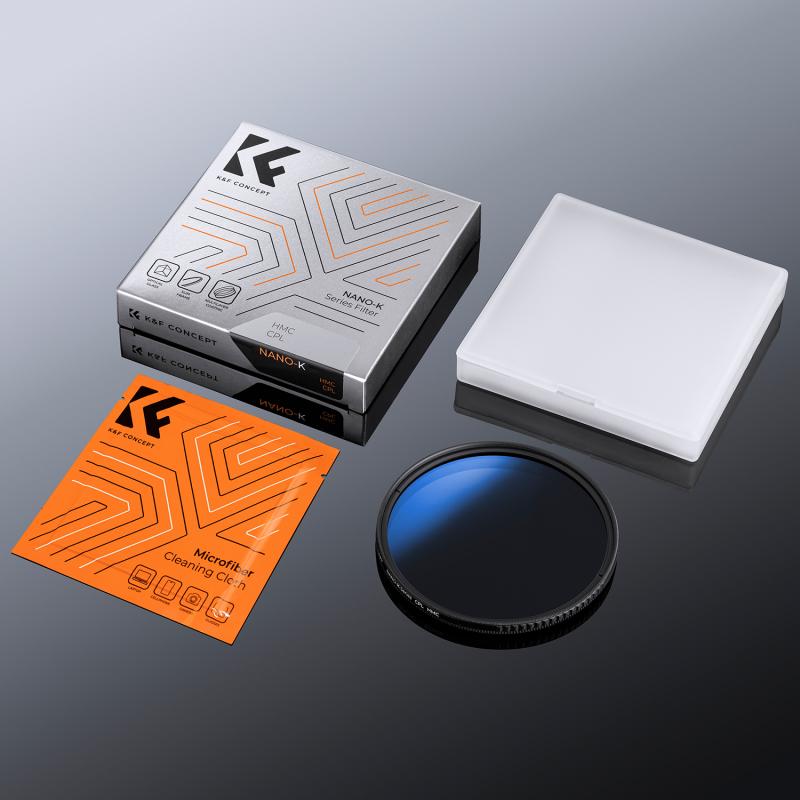
2、 Use a soft toothbrush and mild soap
How to clean fountain pen nibs? Use a soft toothbrush and mild soap. This has been the go-to method for cleaning fountain pen nibs for many years. However, there are a few things to keep in mind when using this method.
First, make sure to use a soft-bristled toothbrush. Hard bristles can scratch the nib and damage it. Second, use a mild soap. Harsh chemicals can also damage the nib. Third, be gentle when cleaning the nib. Don't apply too much pressure or scrub too hard.
It's also important to note that some fountain pen nibs are more delicate than others. Gold nibs, for example, are softer than steel nibs and require extra care when cleaning. If you're unsure about how to clean your specific nib, it's always best to consult the manufacturer's instructions or seek advice from a fountain pen expert.
In recent years, there has been a growing trend towards using ultrasonic cleaners to clean fountain pen nibs. These devices use high-frequency sound waves to agitate the cleaning solution and remove dirt and debris from the nib. While ultrasonic cleaners can be effective, they can also be expensive and may not be necessary for regular cleaning.
Ultimately, the best way to clean your fountain pen nib will depend on the type of nib you have and your personal preferences. Whether you choose to use a soft toothbrush and mild soap or an ultrasonic cleaner, the key is to be gentle and take your time to ensure that your nib stays in good condition for years to come.

3、 Use a specialized pen flush solution
How to clean fountain pen nibs? One effective way is to use a specialized pen flush solution. Pen flush is a cleaning solution specifically designed for fountain pens, and it helps to remove ink residue and other debris that may clog the nib and feed.
To use pen flush, first, disassemble the pen and remove the nib and feed from the section. Then, place the nib and feed in a small container filled with pen flush solution and let it soak for a few hours or overnight. After soaking, rinse the nib and feed thoroughly with water and let them dry completely before reassembling the pen.
It is important to note that not all pen flush solutions are created equal, and some may be too harsh for certain materials or finishes. It is recommended to use a pen flush solution that is specifically formulated for fountain pens and to follow the manufacturer's instructions carefully.
Additionally, some fountain pen enthusiasts prefer to use a bulb syringe or ultrasonic cleaner to clean their nibs. However, it is important to exercise caution when using these methods, as they can potentially damage the nib or feed if not used properly.
In conclusion, using a specialized pen flush solution is a safe and effective way to clean fountain pen nibs. However, it is important to choose a high-quality solution and to follow the instructions carefully to avoid damaging the pen.
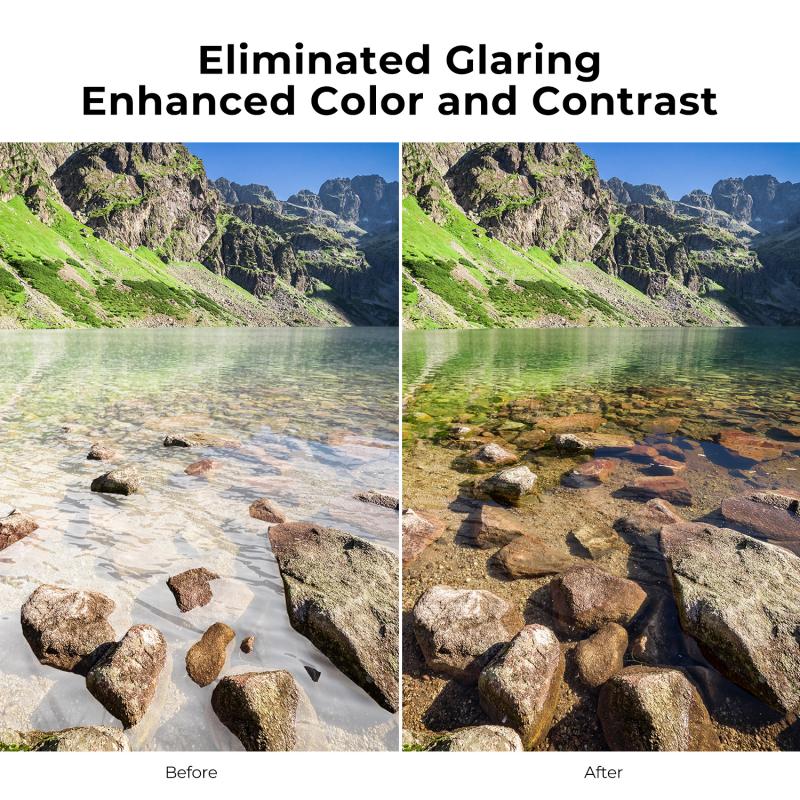
4、 Use a micro-mesh abrasive pad
How to clean fountain pen nibs? Use a micro-mesh abrasive pad. This is a tried and true method that has been used by fountain pen enthusiasts for years. The micro-mesh abrasive pad is a soft, flexible pad that is coated with a fine abrasive material. It is gentle enough to use on delicate fountain pen nibs, but effective enough to remove any stubborn ink residue.
To clean your fountain pen nib with a micro-mesh abrasive pad, first remove the nib from the pen. Then, gently rub the nib against the pad in a circular motion. Be sure to use a light touch, as too much pressure can damage the nib. Continue rubbing until the nib is clean and free of any ink residue.
It is important to note that while the micro-mesh abrasive pad is effective at cleaning fountain pen nibs, it should not be used too frequently. Overuse can cause the nib to become too smooth, which can affect the way the pen writes. It is recommended to use the pad only when necessary, such as when changing ink colors or if the nib becomes clogged.
In addition to using a micro-mesh abrasive pad, it is also important to properly maintain your fountain pen. This includes regularly flushing the pen with water and using a pen cleaner solution to remove any stubborn ink residue. By taking good care of your fountain pen, you can ensure that it will continue to write smoothly and reliably for years to come.
